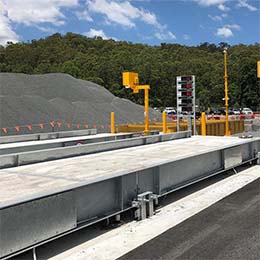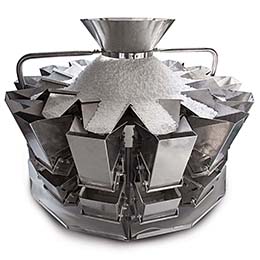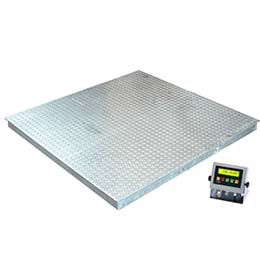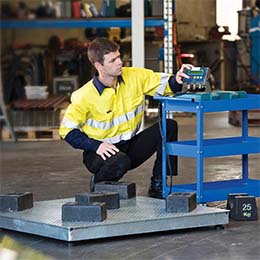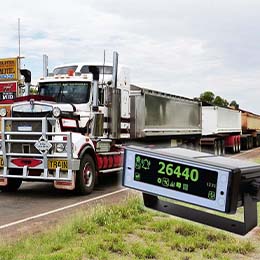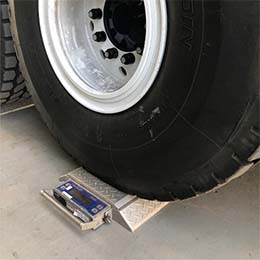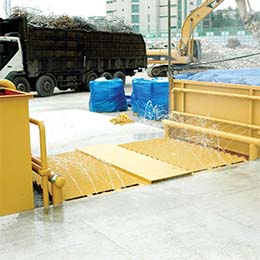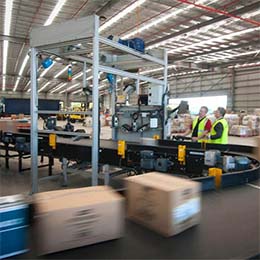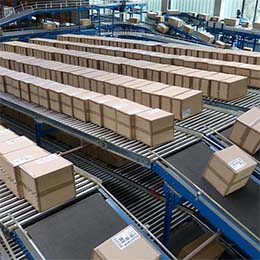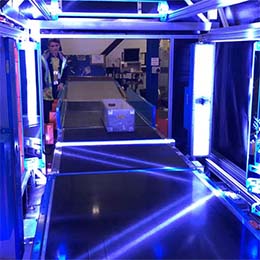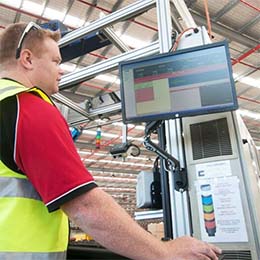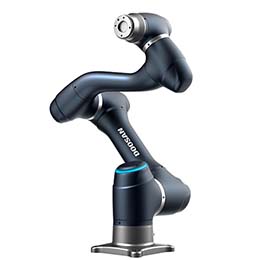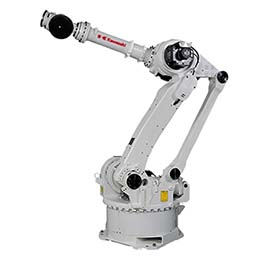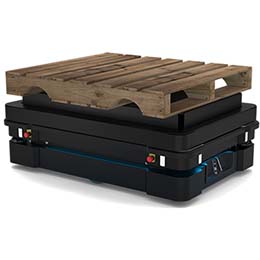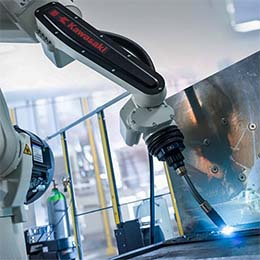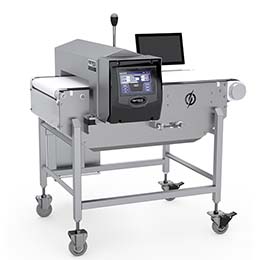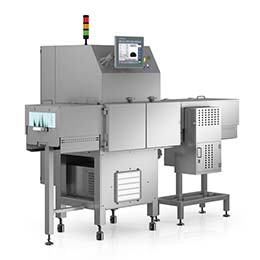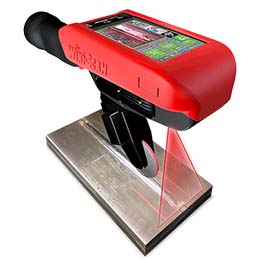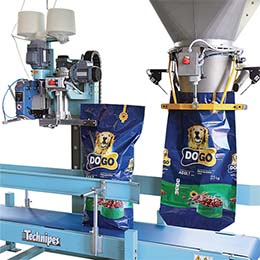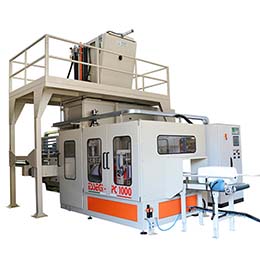Weighbridges are used to weigh vehicle loads – usually to calculate payment for goods or loads that are supplied or delivered – and they’re an essential asset for many different types of organisations across the spectrum of industry.
However, they come at a price and have to be sufficiently durable to maintain accuracy and reliability over the long-term – even in harsh conditions, so before making any capital investment, it is important to understand the different types of weighbridge and the technology behind the different designs.
A weighbridge is essentially a large set of truck scales connected to a digital weight indicator and can be either surface or pit-mounted, depending on the physical location of the system and what it will be used for. This brief summary of the differences between pit mounted and surface weighbridges may help in determining which is best-suited to your particular application.
Pit-mounted weighbridges
Traditionally, weighbridges were almost always pit design where the weighing surface is situated level with the ground (and the weighing equipment obviously below ground level).
Pit-mounted weighbridges are generally a more expensive option due to the need for extra excavation and civil works. However, one of their main benefits over above-ground types is their land utilisation as they can be installed where there is limited or very narrow space and they don’t require space for ramps for vehicles to load and unload or side clearance for maintenance and cleaning. However, they do need adequate drainage and ventilation systems which have to be maintained regularly.
Another benefit is that traffic flow is not restricted. Vehicles can approach the weighbridge from any direction and can turn directly from the platform.
Above ground weighbridges
This type of weighbridge has a ramp leading up to the weighing surface and the weighing equipment underneath.
Because of the above-ground design (which requires on and off ramps and a turning circle for vehicles to access the bridge), surface-mounted weighbridges can take up a large chunk of space but they usually come with a lower installation cost. They are best installed where longitudinal space and width is not an issue and are also more suitable for hilly, rocky or low-lying areas which are prone to flooding.
For a more in-depth analysis of the difference between pit weighbridges and surface-mounted types, it’s best to consult technical experts such AccuWeigh, so that you can get the best expertise, experience and advice on which weighbridge solution best meets your needs.
AccuWeigh is the largest supplier of weighbridges, weighing equipment and product inspection equipment in Australia and with a portfolio of over one thousand weighbridge installations throughout Australasia, we are well-equipped to answer any questions. You’ll find comprehensive information on everything to do with weighbridges on our website plus you’ll find contact details for our countrywide branch network, serviced by a team of trained experts who are there to ensure you have a great customer experience.

